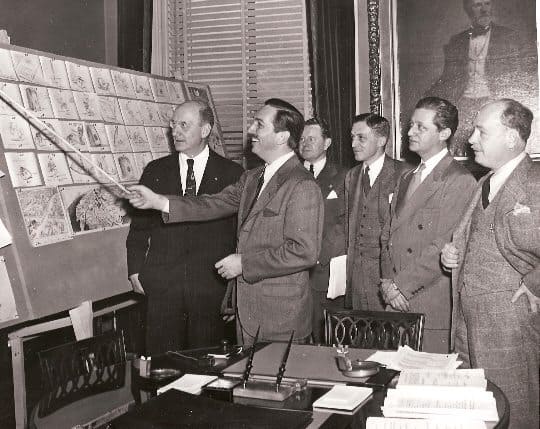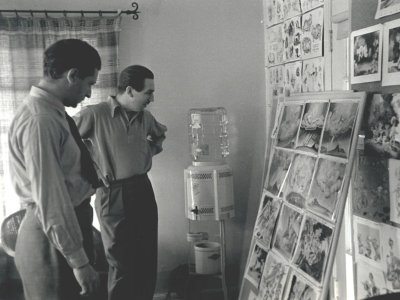Storyboarding is an integral aspect of the creative process. It’s how we communicate, hopefully well, an idea that is deep inside our brains. Developing a concept can be difficult, but once you have it you then need to share it with your team.

If you don’t, you run the risk of keeping all that brilliance locked away inside you and your final product will ultimately suffer. It most probably will not turn out to be the grand production you envisioned. It could have been though, with the aid of #Storyboarding.
Storyboarding is when we take our written ideas, from a script, a draft or even just notes, and draw it out. Almost like a comic strip. We add visual images to better describe #Shots, #PointOfView, #Angels, #Vibes, etc. that we envision for the scene.
Although developed by #WaltDisney during the 1930s, this helpful method of communicating a script or single scene is not limited to #Cartoons. #GoneWithTheWind (1939) is the first live action film to be completely story boarded. That is certainly a lot of pictures… but that certainly explains all the vibrant images and details inspired by #MargaretMitchels novel we see in the film.

Another benefit to storyboarding is it helps sell your idea to #Producers, #Investors or #Clients. Any additional examples you can offer someone can only benefit you. It would help excite the prospective client or investor. It will also show your devotion and passion for the project. Clients love to know you love what they love too. It makes them confident in you and confidence sells!
Everyone loves a good picture book! So pull out those #Crayons and keep on doodling!









